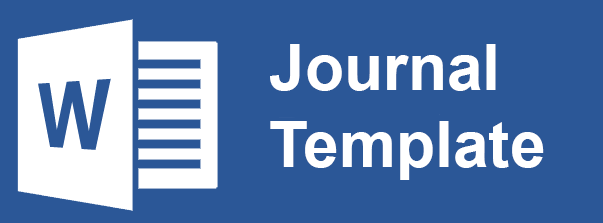Flipped Classroom Approach in Developing English Language Learning Curriculum in the Digital Era
DOI:
https://doi.org/10.62734/jtech.v1i3.436Keywords:
Flipped Classroom; English Language Learning; Curriculum Development; Digital EraAbstract
Flipped Classroom is a learning model that reverses the habits of traditional learning methods, usually learning activities carried out in class such as understanding the material, then done at home, while assignments or homework that is usually done at home is done in class. This approach encourages students to be more independent and responsible for their own learning process, with the teacher acting as a facilitator. Since its implementation by Bergmann and Sams in 2007, the flipped classroom has become an increasingly popular pedagogical strategy. In the context of curriculum development and educational transformation in the digital era, the flipped classroom can be integrated into the current student-based system. (student-centered learning), collaboration and digital literacy, especially in English language teaching. Integrating a flipped classroom approach using digital media can support curriculum objectives by offering flexibility, effectiveness and innovation in learning. This approach makes it easier for students to learn and understand materials through digital media at home, and focus on active discussion and practice in class. Curriculum in the digital era adapts to prepare students to have critical, collaborative and creative thinking skills. With information and communication technology, utilizing digital media such as learning videos, interactive modules, and online discussion platforms into the flipped classroom approach will allow students to access materials and information more flexibly and in-depth.
References
Akçayır, G., & Akçayır, M. (2018). The flipped classroom: A review of its advantages and challenges. Computers and Education, 126, 334–345. https://doi.org/10.1016/j.compedu.2018.07.021
Bergmann, J., & Sams A. (2011). Flipped Your Classroom. In Journal of Physics A: Mathematical and Theoretical (Vol. 44, Issue 8). https://www.rcboe.org/cms/lib/GA01903614/Centricity/Domain/15451/Flip_Your_Classroom.pdf
Doman, E. (2016). Does the Flipped Classroom Lead to Increased Gains on Learning Outcomes in ESL/EFL Contexts? The CATESOL Journal, 28(2014), 39–41.
Egbert, J., Herman, D., & Chang, A. (2014). To Flip Or Not To Flip? That’s Not The Question. International Journal of Computer-Assisted Language Learning and Teaching, 4(2), 1–10. https://doi.org/10.4018/ijcallt.2014040101
Lai, C. L., & Hwang, G. J. (2016). A self-regulated flipped classroom approach to improving students’ learning performance in a mathematics course. Computers and Education, 100, 126–140. https://doi.org/10.1016/j.compedu.2016.05.006
Lecture, T., & Berrett, B. D. (2012). EBSCOhost: How “Flipping” the Classroom Can Improve the Traditional Lecture. 1–14. http://web.ebscohost.com.proxy.lib.pdx.edu/ehost/pdfviewer/pdfviewer?sid=cfd0e2c7-a51a-4a8f-980e-96232c36538e%40sessionmgr4&vid=2&hid=20
Soeratin, H., Fanani, A. I., Islam, U., Sunan, N., & Abstract, G. D. (2023). Digital Leadership di Era Multieduhealthtainment 5.0 : Transformasi Peningkatan Mutu Pendidikan di Madrasah. Jurnal Ilmiah Wahana Pendidikan, 9(16), 312–318. https://doi.org/10.5281/zenodo.8240331
Standar, B., Asesmen Pendidikan Kementerian Pendidikan, dan, & Teknologi Republik Indonesia, dan. (n.d.). K A J I A N A K A D E M I K Kurikulum Merdeka.
Webb, M., & Doman, E. (2020). Impacts of flipped classrooms on learner attitudes towards technology-enhanced language learning. Computer Assisted Language Learning, 33(3), 240–274. https://doi.org/10.1080/09588221.2018.1557692
Kurikulum Kemdikbud (2024) Pendidikan Literasi Finansial URL: https://kurikulum.kemdikbud.go.id/
Downloads
Published
How to Cite
Issue
Section
License
Copyright (c) 2025 Nabilah Julia Rahmah

This work is licensed under a Creative Commons Attribution-ShareAlike 4.0 International License.





